Surging Power | Innovation power the future
Electrification is powering a new era of transportation. Let's follow the camera of CCTV (China Central Television), to see how CATL make technology breakthroughs in material chemistry structure and structure system to power the future of EV industry.
Structure rebuilding for mastery of increasing energy density
Dr. Wang Shengwei, an EV battery engineer of CATL, is leading his team to achieve the goal of increasing the energy density of EV batteries, which is a key indicator that shapes the EV range.
Over the past 10 years, Dr. Wang has led his team to upgrade the material chemistry, making the battery pack's energy density rise by 200%, up to 180 Wh/kg, so that the EV range rose from less than 200km to more than 700km.

Although it's impossible to make significant technical breakthroughs on the material chemistry in the short term, Dr. Wang's achievement was quite close to the limit of the battery energy density. However, Dr. Wang and his team did not halt the step forwards, and seek to make breakthroughs in structure system.

A battery pack is usually composed of modules. Each module consists of around 10 battery cells. Dr. Wang proposed a solution to directly integrate battery cells to the battery pack. In this way, the battery pack will hold more battery cells, implying a further rise of the energy density by 20%.
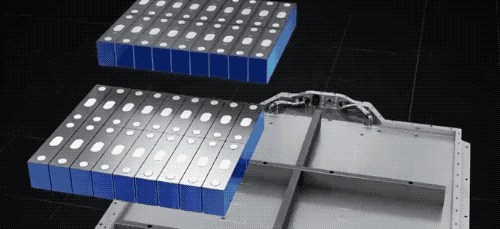
However, there are over 100 layers of pole pieces inside every battery cell, and a change of 1 μm to the thickness of pole pieces at one layer will lead to a change of more than 0.1 mm to the average thickness of the battery cell. Generally, the number of a row of battery cells ranges between 20 and 30, implying total change of 2mm to 3mm to the overall thickness, so that assembling of the battery pack will be a problem. Due to such a structural change, the consistency of the battery cells is highly required.

Dr Wang, “Thousands of battery cells are rolled out at the stage of mass production and delivery. It will be very difficult to control consistency of the battery size and performance.”
Control over the battery consistency is contingent upon these slurries in sight. Slurry is a kind of paste-like matter that is used to carry the battery cell's cathode and anode. The slurry should be of good fluidity, steady viscosity, and high resistance to solid settlement.
To achieve these goals, Dr. Wang and his team spent one year conducting repeated tests, and then discovered the optimal formula. The blending of graphite, binding agent, conductive agent, and water in a given proportion is the “top secret” in the formula of Dr. Wang and his team.
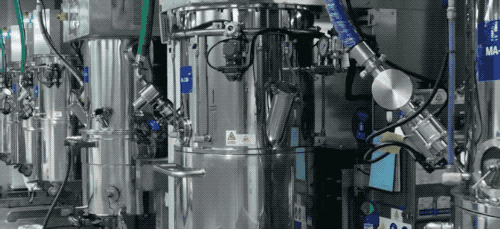
After these materials are fully mixed in an auto negative pressure tank, the slurry will be coated onto copper foil. Depending on rigorous production process, the average thickness error of the battery cell with a total thickness of 60 mm is controlled within 0.1 mm, symbolizing the creation of a uniform standard in high quality and the fulfillment of Dr. Wang's proposal that battery cells are directly integrated with the battery pack. As a result, the battery's energy density is increased to more than 220 Wh/kg, making the EV range exceeds 1,000 km.
Completing the electric recharge within the time for filling the fuel tank
But for Dr. Wang, it's far from enough. Fifteen years ago, Dr. Wang was involved in the development of cellphone batteries and created a fast charging miracle, which enables 2 hours talking time only with five minutes of charging. Five years later, Dr. Wang changed his focus to the development of the EV battery, in hopes of bringing EV users the fast charging convenience.
However, the EV battery's capacity is 10 times larger than that of a cellphone battery, with service life being 3 times longer. In a battery pack, the number of battery cells is 20 times more as compared to the cellphone battery, implying greater challenges ahead.
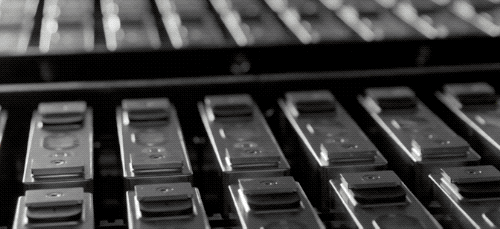
Dr. Wang, “Users expect to complete the electric recharge within the time for filling the fuel tank, of course, it is just an ideal situation. We should first make fast charging within 15 minutes happen.”
Dr. Wang and his team are racing against time. To make more lithium ions reach the destination at a faster rate and realize the goal of fast charging, Dr. Wang and his team must make improvements in the material chemistry structure.
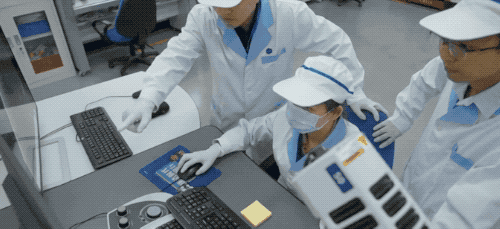
Dr. Wang, “Artificial graphite is commonly used, but it has its weakness. It performs poorly in fast charging. Regardless of this, it has relatively high energy density. We transplanted the natural graphite's surface properties into artificial graphite, leading to faster charging speed and a longer cycle life.”
According to Dr. Wang's solution, an advanced technology has been adopted to form a fast ion ring on the graphite surface and build a micro industrial system. A fast ion ring is capable of greatly bringing down the electric charge's transfer impedance, providing more transmission paths, realizing a sharp rise in lithium-ion embedding speed within a specified time.

Can the battery made from improved artificial graphite be put into mass production? A charging test at a normal temperature of 25 ℃ is indispensable. How long will the charging time be reduced in the test with this new solution?
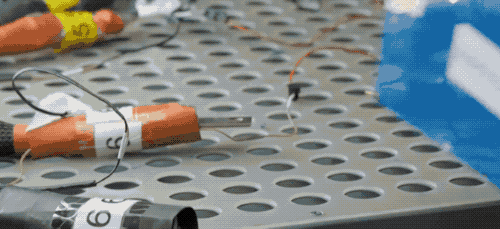
Dr. Wang, “The temperature rise should be moderate, and the charging speed should be faster. These are the two key factors of our fast charging solution.”
Within 12 minutes, 80% of the charge to battery cell is done.

Dr. Wang, “Now, 100% charged. It was a successful test!”
That means a battery pack consisting of this kind of battery cells only needs 15 minutes of charging time, enabling the vehicles to have a range of 400 km. Only one year ago, such a charging speed was regarded as an “absolutely impossible” mission.
Innovation is the core that drives mankind to move forwards. Higher energy density, a faster charging speed, and increasingly advanced EV batteries will make people's EV traveling more convenient and more efficient.
By clicking on the button “I accept” or by further usage of this website you express consent with usage of cookies as well as you grant us the permission to collect and process personal data about your activity on this website. Such information are used to determine personalised content and display of the relevant advertisement on social networks and other websites. More information about personal data processing can be found on this link. Read More
